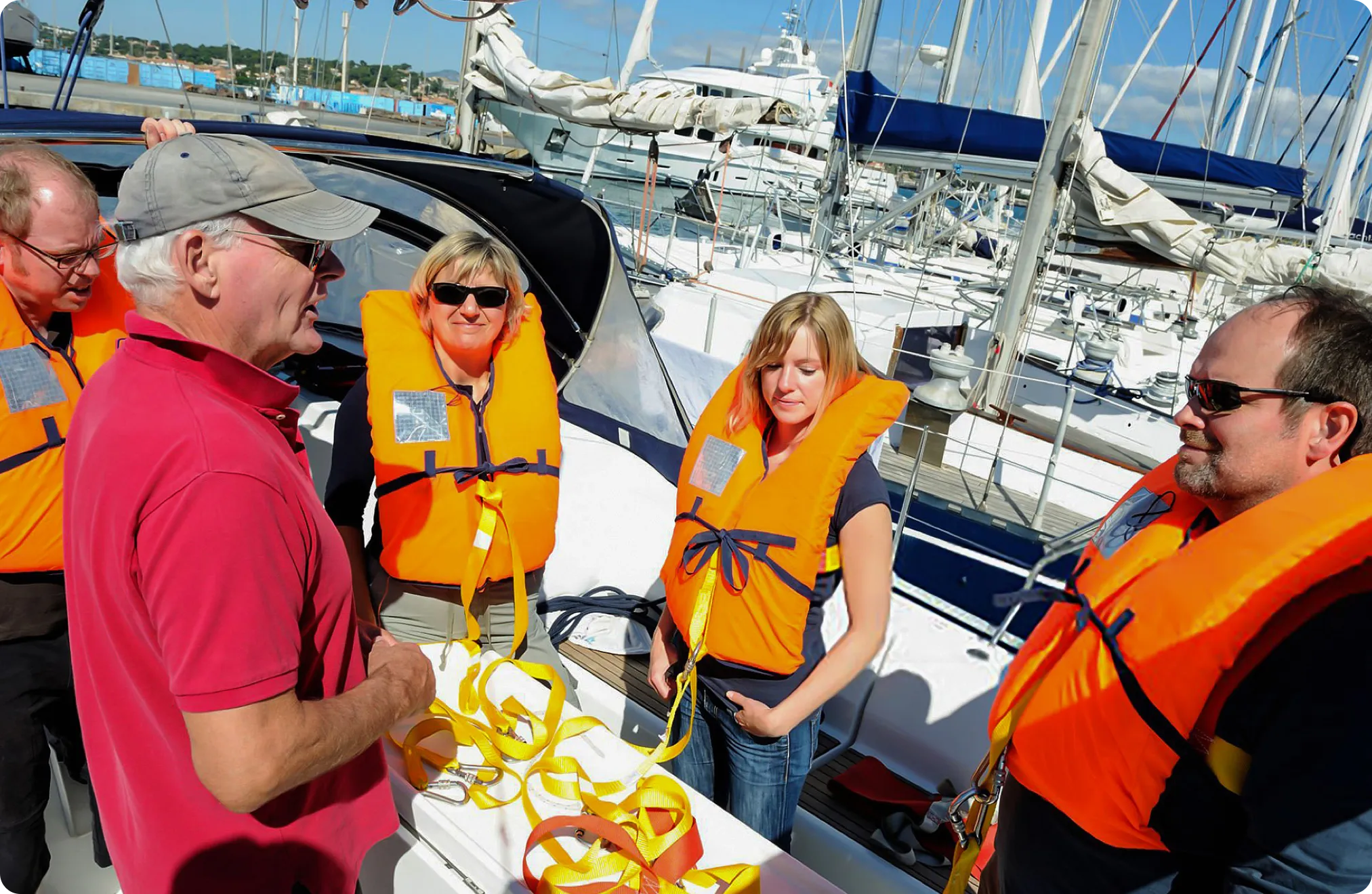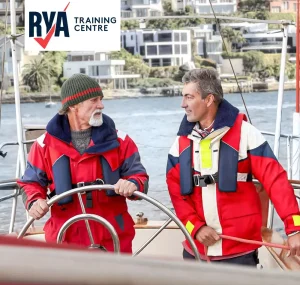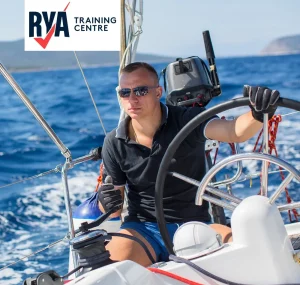Participants can rig the yacht according to prevailing weather conditions and reef alongside, establishing a solid foundation in sail handling before getting underway.

CategoryRYA Cruising Courses / Beginner / On Water Practical

By the end of this course, you’ll have gained fundamental sailing know-how and be ready to helm or crew a yacht in light winds under a skipper’s supervision. We assume participants have already developed the practical skills and absorbed the essential theory outlined in Start Sailing – Level 1. These two courses may be combined, counting as two days toward your Competent Crew qualification.
Expect to devote roughly 16 hours to training, which can be scheduled across multiple sessions or completed in two full days. The suggested minimum age for participants is 12.

Participants can rig the yacht according to prevailing weather conditions and reef alongside, establishing a solid foundation in sail handling before getting underway.

Learners gain knowledge of leaving and returning to a jetty or mooring, coming alongside another vessel, man-overboard recovery, and the dangers of a lee shore. They understand how to use transits and can apply the Four Essentials (sail setting, balance, boat trim, and course made good) to tack efficiently upwind and gybe in a controlled manner, communicating clearly while remaining aware of other water users. They also learn to sail a short course using all points of sail, anchor confidently, and minimize lost ground during manoeuvres.

Participants can tie fundamental knots—bowline, clove hitch, and reef knot—gaining the ropework skills essential for securing sails, fenders, and other gear.

Basic racing theory provides knowledge of a typical course and starting procedures, covered in onshore sessions to introduce participants to competitive sailing.

Building on earlier rigging skills, participants can reef the sail afloat, adapting seamlessly to changing weather conditions during a voyage.

Learners can use winches and cleats effectively, gaining confidence in safe line-handling techniques to avoid dangerous overrides and maintain control.

Participants gain knowledge of engine checks and proper procedures for starting, stopping, and running. They also learn to pick up a mooring under power and understand how to come alongside safely, broadening their overall handling capabilities.

Students gain knowledge of VHF radio use for distress calls and understand the importance of launching and boarding a life raft in an emergency. They also learn about cold-water shock effects and the value of correctly stowing first aid kits and flares, preparing them to respond effectively to critical situations.

Learners understand the importance of personal safety onboard and can comply with rules for wearing safety harnesses, life jackets, and personal buoyancy aids, ensuring consistent safety standards.

Participants can take the necessary actions as crew when departing or arriving at a yacht’s mooring, promoting smooth and coordinated manoeuvres.

Learners gain knowledge of how sails function and the basics of sailing theory. They understand fundamental collision-avoidance rules—covering power versus sail, port versus starboard, windward boat responsibilities, and overtaking—while also recognizing the points of sailing and the “no go zone.

Learners gain knowledge of the Beaufort Wind Scale, interpreting inshore forecasts, and reading simple synoptic charts. They also understand where to source reliable weather information and when to reef based on forecast conditions.

Participants gain knowledge of tide tables, and understand how to apply forecasts to local tidal conditions, including springs, neaps, and ebb and flow. By calculating speed over ground and recognizing how wind direction interacts with tides, they can plan safer passages. Emphasis is placed on consulting local advice and informing someone ashore of the voyage plan.
Experience a comprehensive blend of practical and theoretical sailing education designed to build both confidence and competence on the water. Through focused modules on rigging, you’ll learn to prepare the yacht effectively for changing weather and reef alongside or afloat with ease. As you progress, you’ll master essential sailing techniques leaving and returning to moorings, coming alongside, and responding to emergencies like man-overboard recovery while using transits, perfecting the Four Essentials (sail setting, balance, boat trim, and course made good), and honing clear, effective communication with your crew.
Ropework skills are emphasized early on, ensuring you can tie key knots (bowline, clove hitch, and reef knot), and operate winches and cleats safely to maintain control. An introduction to racing theory offers insight into typical courses and starting procedures, complementing your growing range of onboard capabilities. You’ll also gain the confidence to handle power-assisted manoeuvres by studying engine checks, correct running procedures, and safe techniques for picking up a mooring and coming alongside.
A dedicated focus on emergency equipment and precautions reinforces your readiness to handle distress calls via VHF radio, launch and board a life raft, and manage cold-water shock incidents. In the theory modules, personal safety and equipment usage are stressed covering harnesses, life jackets, and buoyancy aids—alongside vital knowledge of slipping and coming alongside, collision-avoidance rules, and fundamental sailing principles. You’ll also explore meteorology essentials, such as the Beaufort Wind Scale, inshore forecasts, and simple synoptic charts, learning when and how to reef based on incoming weather data.
Finally, the course addresses the challenges of coastal waters, including reading tide tables, calculating speed over ground in changing tidal flows, and understanding the importance of local advice and planning your route in advance. By the end, you’ll have a well-rounded skill set and the confidence to sail safely in varying conditions ready to take on further maritime adventures.


Let us know how we can help you, simply fill out the details below.
Please fill out the form below to receive price details
Let us know how we can help you, simply fill out the details below.